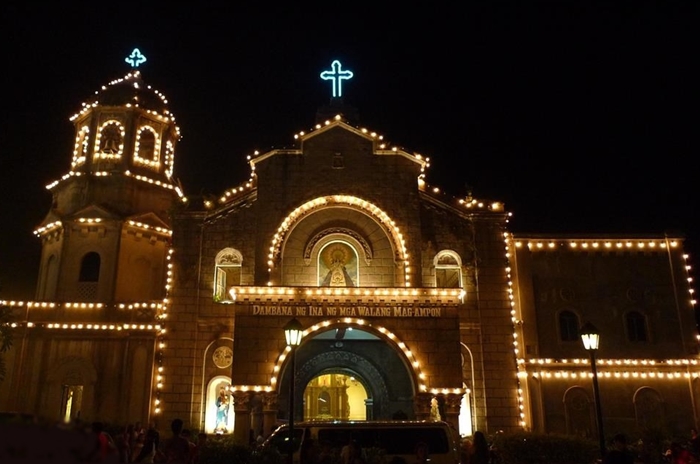Unique Filipino Christmas Traditions
Christmas is just a few weeks away, and it’s uniquely Pinoy to get ready for the holiday as early as the dawn of the -ber months. Being a predominantly Catholic nation, most Filipinos observe Christmas and practice traditions to celebrate the season. Here are some of them that you may well get familiar with:
1. Simbang Gabi
The Faithful start the official countdown to Christmas on the dawn of December 16 with Simbang Gabi (Night Mass) or Misa de Gallo (Mass of the Rooster), a novena of masses celebrated until the Misa de Aguinaldo (Mass of the Gift), held on the dawn of December 25, the birth of Jesus Christ. Most attendees believe that a wish of theirs will be granted if they complete the 9 masses.
If you live near a church, expect the church bells to solemnly ring upon the start or end of the mass. You can also look forward to food fare right after a mass: local delicacies like bibingka, puto bumbong, and hot chocolate are usually peddled for churchgoers to feast on, another Pinoy Christmas tradition.

The Our Lady of the Abandoned Parish Church in Marikina during Simbang Gabi
2. Pagmamano
After the Christmas Eve feast referred to as Noche Buena, the next day, Christmas, families complete their Christmas celebration with the rest of the extended family. Pagmamano (kissing of the hand or touching of someone’s hand to one’s forehead) refers to children’s gesture of reverence and love as they approach and greet their elders. Oftentimes, kids receive gifts and money (pamasko) for doing the act and so the practice is also sometimes called ‘Pamamasko’.
Most children also visit their godparents on Christmas as part of Pagmamano. In some villages (where allowed), kids in groups also knock from one house to another to greet the owners a Merry Christmas and get sweets or coins in return.

Food plays a big part in the Filipino celebration of Christmas.
3. Media Noche
After Christmas, the Filipino family prepares for a grand welcome of the New Year! The practice includes cleaning the house and buying lucky charms like round-shaped fruits. Now a modern practice especially in big cities, people gather on New Year’s eve in public spaces like a town square to celebrate and do the countdown together, highlighted by fireworks. Most Filipinos stay at home to rid their properties of bad spirits by making noise through horns, loud music or firecrackers and to enjoy a sumptuous meal called Media Noche as the clock strikes 12, signaling the coming of the New Year.
Watch out for another article from us on how to celebrate the New Year in the Philippines like a local!
Do you know of other Filipino Christmas traditions that you find peculiar and interesting? Share them with us!
![]()
Article by Mina Loyola
Photos from Marikina City on WordPress and Skyscanner and www.davaocitybybattad.blogspot.com













